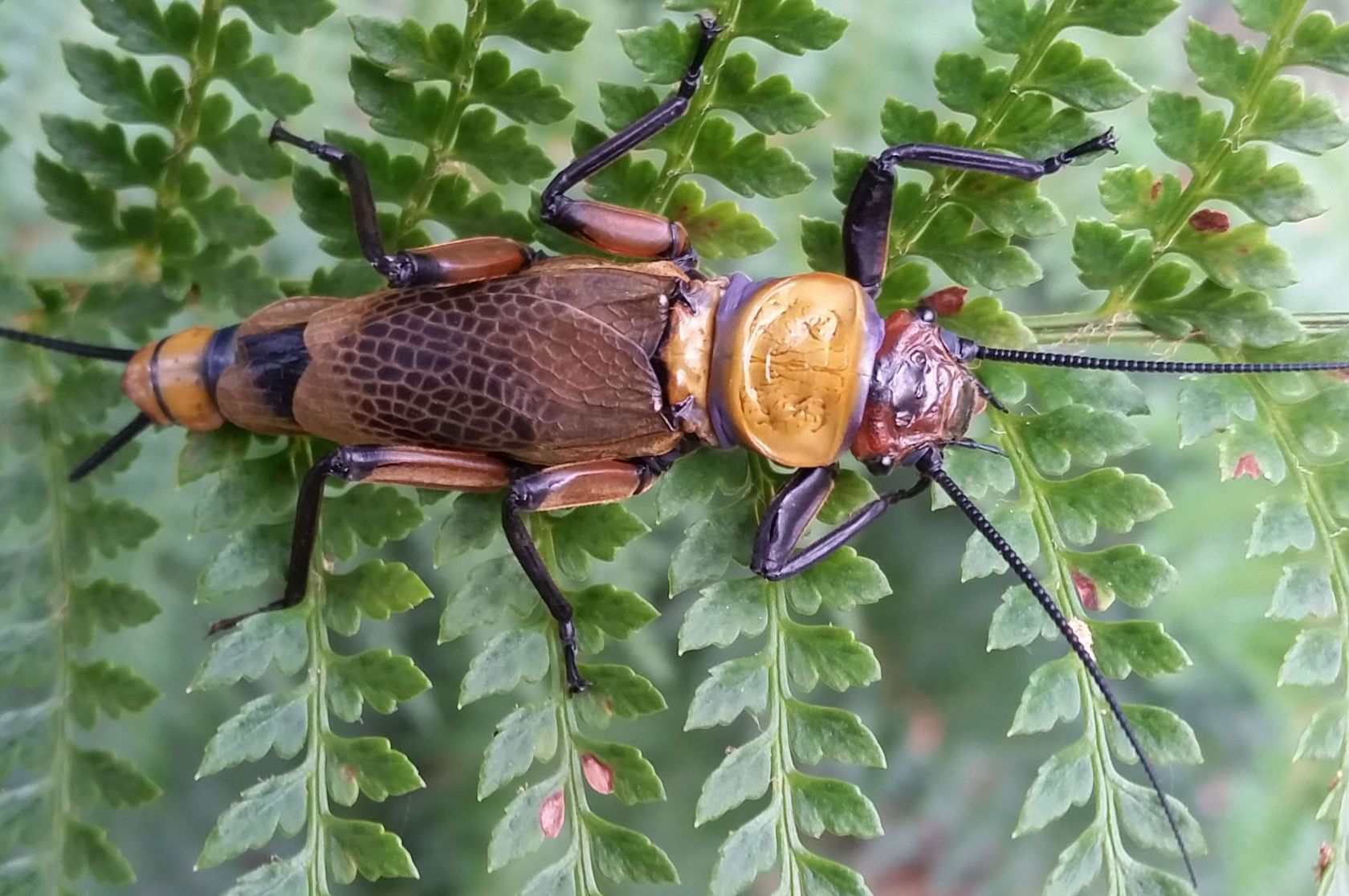Early this spring, three educated detectives trekked to the Victorian Alps in southeastern Australia to pursue an elusive quarry. Bayar, Sasha, and Judd have been warm at the worm trail—the endangered alpine stonefly, which lives alongside the streams that reduce throughout the Bogong High Plains. Armed with an exceptional feel of smell and agile toes to navigate the rocky bushland, the trio had been an appropriate seller for the mission—as long as they didn’t, by chance, step on or eat their goals.
Bayar, Sasha, and Judd are the first dog graduates of a unique pilot application. In traditional conservation work, detection dogs like those three are used to sniff out the strains of animals, including nests or scat; however, they are rarely relied on to find the animals themselves (especially small ones that are easily squished). And dogs that can be educated to find live bugs typically do so for the eventual cause of extermination, like bed bugs or termites. So, the stonefly trial is one of the first of its type, and it is in line with Julia Mynott, a researcher from LaTrobe University in Melbourne, who leads the challenge.
 Researchers understand a few things about the alpine stonefly. It cannot fly, regardless of its wings and call. Second, it is the most important stonefly in Australia. The larvae hatch within the streams of the Bogong High Plains, and adults stay simple years and most effectively emerge between January and April to reproduce. Those adults are primary predators in alpine aquatic streams and are much more colorful than most stoneflies, with a considerable orange spot at the return. However, Mynott says that researchers have no concept of the species’ population size, which makes it impossible to draft a conservation plan.
Researchers understand a few things about the alpine stonefly. It cannot fly, regardless of its wings and call. Second, it is the most important stonefly in Australia. The larvae hatch within the streams of the Bogong High Plains, and adults stay simple years and most effectively emerge between January and April to reproduce. Those adults are primary predators in alpine aquatic streams and are much more colorful than most stoneflies, with a considerable orange spot at the return. However, Mynott says that researchers have no concept of the species’ population size, which makes it impossible to draft a conservation plan.
Mynott has studied the alpine stonefly for several years, normally with the aid of wandering the brushland and hoping to identify a few. “They’re pretty hard to come across or find, and they have cryptic conduct,” she says. “They don’t fly. They burrow.” They’re big for bugs—an inch or so long—however, that doesn’t make them a lot less complicated to identify, mainly once they’ve dug in under particles or stones. The human eye is so inadequate for this undertaking that Mynott found out she needed to rely upon any other feel and, for that matter, any other species entirely.
This work has a delicacy, so it’s no longer for every canine. Mynott knows flies better than puppies, so she deferred to the college’s Anthrozoology Research Group Dog Lab for training and selection. The lab works with around 20 canine and their proprietors, who volunteer themselves and their partners to help carry out conservation work. The puppies spend most of their days as pets. Beyond, the labs’ dogs were educated to find turtle nests and the scat of koalas, quolls, and extra gliders. The lab selected five dogs with gentle tendencies for the pilot insect software and, after some education exercises, winnowed it down to a few.
Bayar (a Samoyed), Sasha (a border collie), and Judd (a labrador) were all decided on for their calmness, in view that stoneflies have a scared reaction, Mynott says. The insects often spend their days clinging to plants; however, they drop to the ground while startled, so Mynott needed dogs so calm that their presence, even up close, wouldn’t harm a fly.












